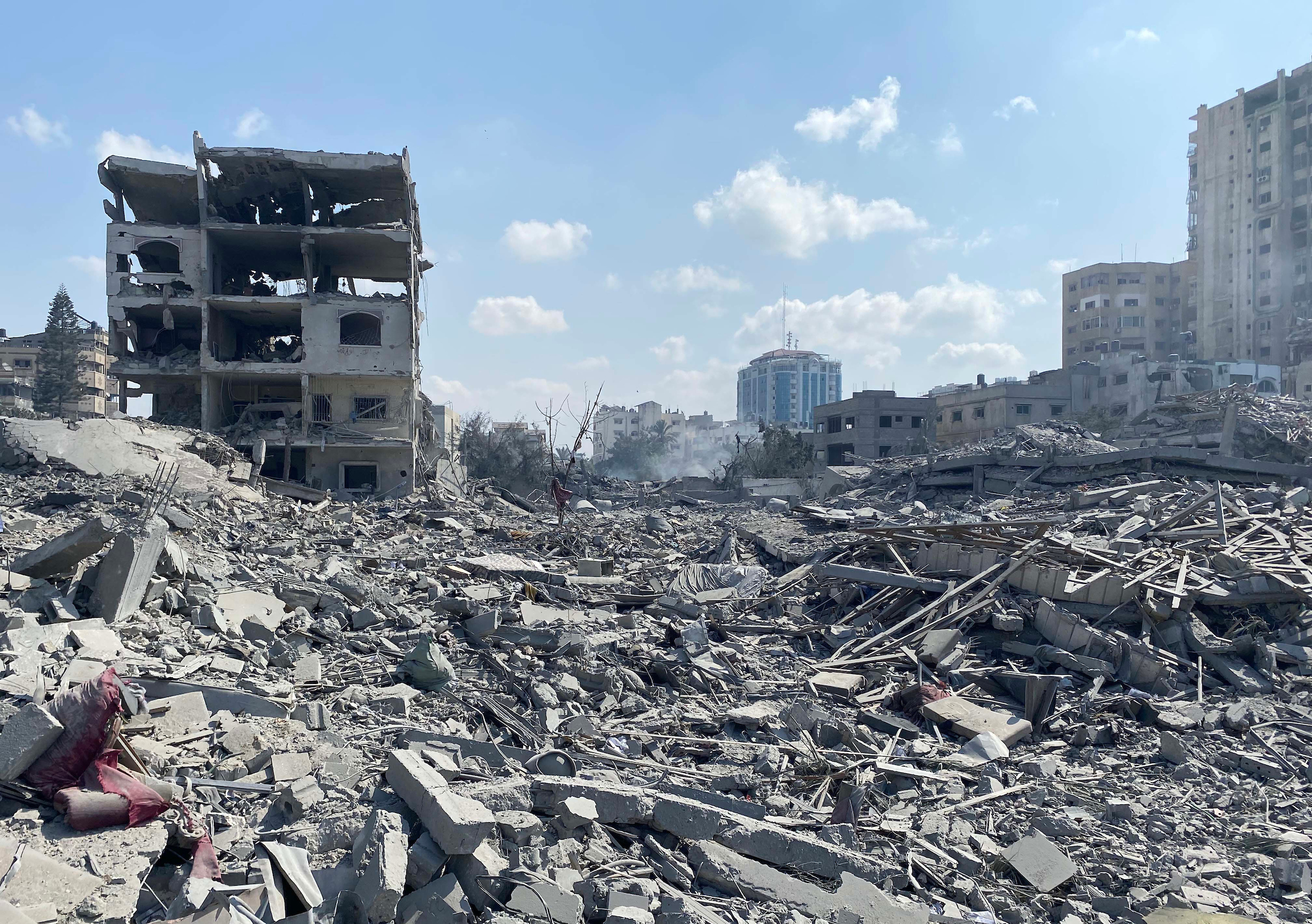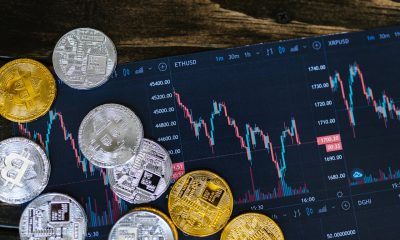By Rayyan Dabbous, University of Toronto, The Conversation
The Lebanese armed group Hezbollah confirmed on Sept. 28 that its leader, Hassan Nasrallah, had been killed in an Israeli airstrike in Beirut a day earlier. Nasrallah is the highest-ranking Hezbollah leader to have been killed since Israel began targeting the group’s leadership.
Several Hezbollah commanders, and hundreds of Lebanese civilians, have been killed in Israeli attacks in recent weeks. On Sept. 20, Israel launched its heaviest aerial bombing on Lebanon since 2006, killing hundreds of civilians. The attack followed the Sept. 17 coordinated explosions of hand-held wireless pagers allegedly carried by members of Hezbollah (but still also carried by many medical professionals). That assault maimed thousands of Lebanese people.
Israel says the violent strikes were necessary to preemptively thwart Hezbollah from launching rockets into northern Israel. Israel’s Prime Minister Benjamin Netanyahu addressed the Lebanese population: “Israel’s war is not with you, it’s with Hezbollah,” which has long “been using you as human shields.”
The Telegraph in the United Kingdom proclaimed Israel’s war against Hezbollah as a brave move on behalf of the “West” to “uphold civilization.” Other news outlets, both western and Israeli, also framed the conflict as one for civilization. They also mentioned religion.
Wars have always required these types of false dichotomies: Christian and Muslim, civilization and barbarism, West and East.
Generations of Orientalists from the “West” constructed the “East” as a place with distinct cultural identities and values, and one over which the West must triumph.
The way East and West has historically been framed in Lebanon can help us understand the way the conflict there is being discussed in the Global North. To do this, I briefly outline three time periods to attempt to shed some light on how this framing can be used to justify violence against the nation.
1. Premodern times: Caught between two empires
Lebanon has frequently been a battleground between West and East. For aristocracies and clergies in France and Italy, Lebanon first became part of the East under Byzantium (the eastern half of the Roman empire). Later, Lebanon became part of the Islamic and Ottoman empires. It was not religion that defined these West/East splits but aspirations for wealth, resources, power and hegemony.
Following the collapse of the Roman Empire, in which modern-day Lebanon was situated, economic and political power remained in Christian hands but was transferred from Rome to Constantinople (modern day Istanbul). After eight major waves of Crusades, notorious for their pillages and “collateral damage” even in Christian cities, Western observers came to regard the East as a “treasure” that had been regained.
In his seminal book Europe and Islam, first published in French in 1978, pre-eminent Tunisian historian Hichem Djaït showed how Christianity in Europe was, from its inception, a political project aimed to both unite against and catch up to Islamic cultural, scientific and economic advancement.
The East, Djaït emphasized, was regarded as a deformed West, a “parvenu” and “a primitive newcomer” whose civilization was an aberration in Medieval Christian eyes. They regarded Islam’s prophet Muhammad as an internal traitor rather than an external threat. For example, in Dante’s Inferno Muhammad is punished for contributing to the West/East schism.
Western interest in the East was also, for Djaït, rooted in an envy for how diverse groups co-existed for centuries in the east but not the west.
II. Caught within colonial expansion
Following the defeat of the Ottoman Empire in the First World War, Lebanon came under French rule. By this point, the Ottomans had been regarded as “the Sick Man of Europe” since at least the mid-19th century. Global powers exploited this characterization of Lebanon and were activated to send missionaries, build missionary schools, and revamp ports. The French also intervened with the work of sectarian groups. Therefore, especially in the 1920s, the French led a rapid modernizing of Lebanon, characterized as a trade-off between West and East.
The Syrian playwright Saadallah Wannous dramatized this trade-off in The Drunken Days in a dialogue between an old Lebanese man in his Eastern headwear, the tarbush, and a young Lebanese woman urging him to wear a Western hat:
Him: The tarbush is a symbol of religion.
Her: The hat is a symbol of urbanization.
Him: The tarbush indicates devotion.
Her: The hat indicates civilization.
Lebanese intellectuals at the time were aware of this dangerous equation of West with civilization. Palestinian-Lebanese writer May Ziadeh actively worked in the 1920s and 1930s to dispel the false dichotomy between West and East. She encouraged her students to “learn Western languages without forgetting their own” and she believed that “not a single nation in the world has been able to create itself without the input of others.”
Ziadeh belonged to a time referred to as the Nahda, or Arab Renaissance, when Arab writers wanted to revive the human flourishing once experienced in the medieval Islamic world. These intellectuals favoured a balanced approach between West and East and recognized the modernity the West ushered as a continuation of Eastern achievements.
III. 1975-2005: Caught between civil war and 9/11
Whereas questioning the West/East divide united a previous generation of Lebanese Christians and Muslims, the generations that went through the Lebanese civil war (1975–1990) affirmed that divide.
Western media capitalized on the newly divided allegiances of Lebanese Christians and framed them as torn in a West/East clash.
Some Lebanese political leaders also promoted this narrative and appealed to the West for support. Meanwhile, the emergence of Hezbollah after Israel’s 1982 invasion of Lebanon became synonymous with a resistance against the West.
But this narrative obscures the realities of how and why these divides were created. These divides are created by Lebanese groups, including Hezbollah, as well as the West. They boosted, hindered and created each other. For example, in 2018, western media ignored claims of election fraud in Lebanon and instead sensationalized Hezbollah’s victory.
In a 1985 piece for the London Review of Books, Edward Said, author of Orientalism, cautioned against seeing Beirut as the Paris of the Middle East and Lebanon as its Switzerland, comparisons popular since the 1960s. Such comparisons have been recently recirculated and mourned by both Israeli and Lebanese media.
For Said, this representation of Lebanon threatened solidarity movements with Arabs and Palestinians by characterizing it as something fundamentally different from the rest of the Arab world.
But two years after the end of the Lebanese Civil War, American political scientist Samuel P. Huntington promoted the simplistic logic Said warned against and declared a clash of civilizations. The aftermath of the Sept. 11 attacks saw a resurgence of Huntington’s theory. It revived in the West the Medieval Christian view of the East, and a desire to act as crusaders who export human rights and defend the world against terrorists.
We need to once and for all dispose of the West and the East as a clash of civilizations. Militaries and militias should not have to race to eliminate either side. They should instead realize that their fate is as intertwined as their past, and that only dialogue can solve conflict.![]()
Rayyan Dabbous, PhD student, Centre for Comparative Literature, University of Toronto
This article is republished from The Conversation under a Creative Commons license. Read the original article.




























